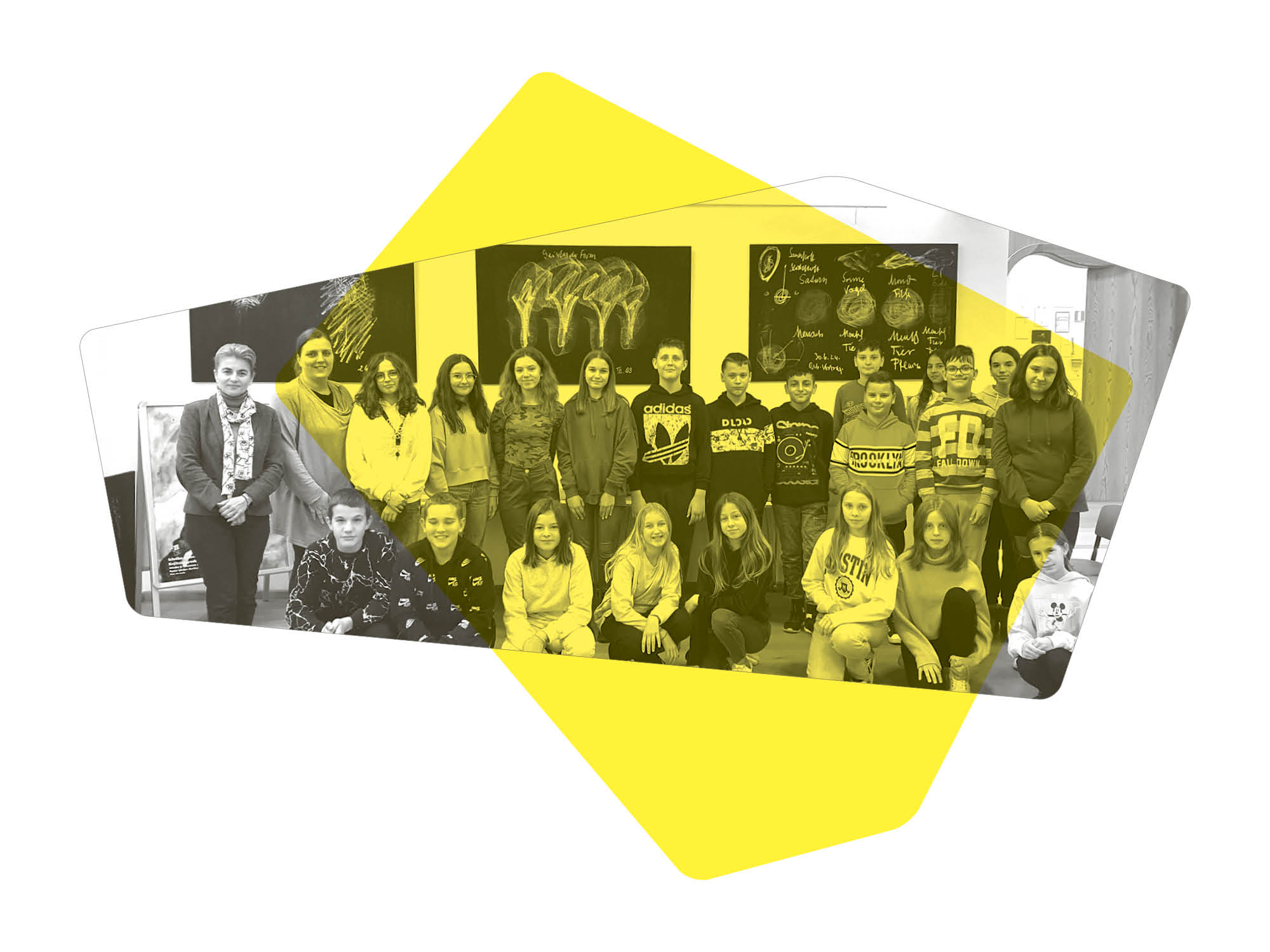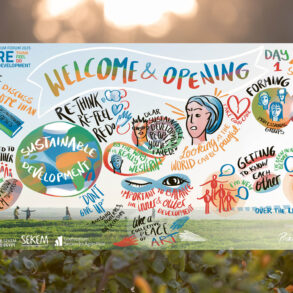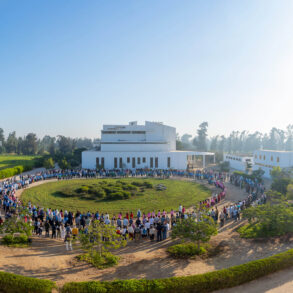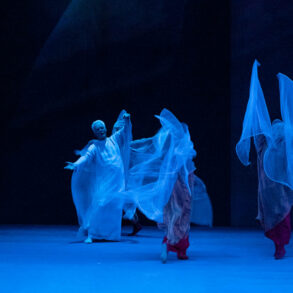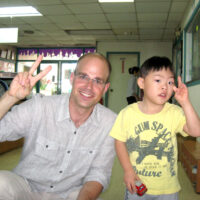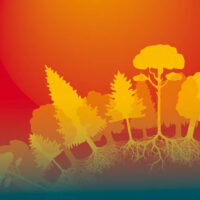The Dr. Rudolf Steiner Centre (Centar dr. Rudolf Steinera) is a world-class institution for the promotion and application of the teachings of Rudolf Steiner, and one of the biggest tourist attractions in Međimurje, Croatia. Andrea Valdinoci speaks with founder Dr. Dijana Posavec about how the center came to be, its mission, and where it wants to go.
Andrea Valdinoci: Where do you come from, Dijana? What is your background?
Dr. Dijana Posavec I was born and live in Croatia, on the border of Slavic, Germanic, and Celtic cultures—in Međimurje county, where Rudolf Steiner was born. When I finished my university degree in graphic design, I went to work for the biggest publishing company in Croatia. That was during the war. I managed the design department there for ten years. I also have a master’s degree in information and communication sciences. My interest in spiritual science moved in parallel, and I started a business where we organize events in Croatia for spiritually minded people and life coaches from all over the world. So, for almost 30 years, I’ve also had experience in the field of personal development. At the same time, I’ve been a guest lecturer at different universities and received my PhD on the topic of labeling ecological and biodynamic products. For the last nine years, I have been director of the Dr. Rudolf Steiner Center (Centar dr. Rudolf Steinera), which is located near Steiner’s birth house in Donji Kraljevec, Croatia.

How did you come in contact with anthroposophy?
I am active in politics at the regional level. In 2005, as the deputy governor, one of my projects was to start a Waldorf kindergarten—the first in our region—and, after that, to found and support the Dr Rudolf Steiner Center, which is near the house where Rudolf Steiner was born, with the vision that it would become recognized worldwide. From that point, I started to get interested in anthroposophy and explore Rudolf Steiner’s background and knowledge. If I had not been involved in politics, I might never have gotten in touch with anthroposophy! You never know where the road will lead you.
How did you discover Waldorf Kindergarten as something that would be good for your community?
At that time, my daughter needed to go to kindergarten. So, I started researching what kind of preschool program would be most acceptable for my child. I found that Waldorf kindergartens exist all over the world but not in our region. We encouraged and supported a friend who already worked in a kindergarten to complete Waldorf education training. That’s how we established the first Waldorf group in our region: it was a Waldorf section in a normal public kindergarten.
Then I discovered that the man who had established this knowledge had been born only a few minutes from my workplace as deputy governor. I had never heard of Rudolf Steiner during my education. But many visitors had come here, over many years, to visit Steiner’s birth house in Donji Kraljevec. With the mayor of Donji Kraljevec and the support of the governor, we came up with the idea of establishing a public institution in honor of Dr. Rudolf Steiner, which would be multidisciplinary and combine science, art, and tourism based on his science and knowledge. We needed help to start creating and building this center, and then the challenges began. But one by one, with the work of a good team, they started to dissolve, and today, I think we are doing a great job.
So it was a political decision to buy land to create a center, with a little bit of money from the government to start it?
Yes. In 2006, we presented the project at the municipal and county level, and a decision was made that the project had meaning and much greater potential than the local story alone and that public money could be invested in it. At the time, there was an old ruined post office in the place where the institution’s building is located today. That’s how we started.
And it was really a co-financing situation from the beginning?
The project was started in 2007 and co-financed until we finished building in 2017. We began with support from the city and county and donations. When Mr. Götz Werner heard that we planned a project in the place where Rudolf Steiner was born, he gave us a donation to begin. Mr. Daniell Porsche helped us the most in finishing the project, for which we are very grateful. Mr. Willy Gras gave his greatest contribution in the architectural part of the project. Without those donations, the building would probably look quite different and not be so unique.
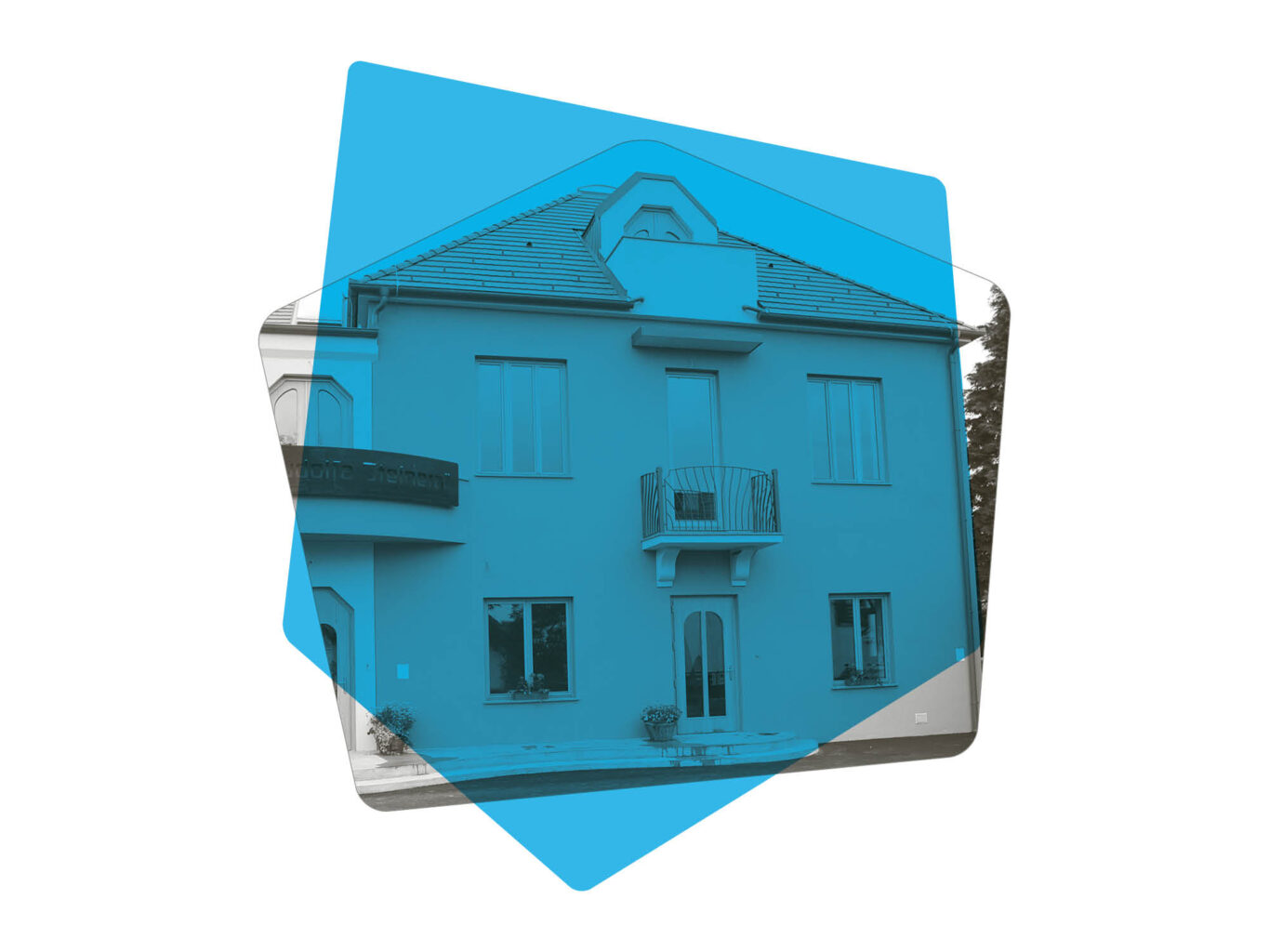
What is happening in Dr Rudolf Steiner Center today?
Dr. Rudolf Steiner Center manages Steiner’s birth house. Therefore, we are a center for visitors who come from Croatia and many other countries. Some stay for a short time, and for others, we suggest a multi-day program. We organize various events for those who want to learn more about Dr. Steiner’s legacy. We also provide logistics and help for those who want to organize their own events in Rudolf Steiner’s birthplace.
Our work is also focused on the field of biodynamic agriculture. Today, Dr. Rudolf Steiner Center is recognized as a reference center for biodynamic agriculture in Croatia. The regular implementation of education and workshops on biodynamic agricultural practice gives us recognition at national and international levels, making us a desirable partner in projects concerning green policies, especially those in agriculture and environmental protection.
We also cooperate with the tourism sectors and educational sectors, from kindergarten schools to different universities, and different institutions, companies, farmers, and individuals.
So it spread from this idea, and you helped bring it into the world! And have you found people in Croatia who are open-minded to these ideas?
I think that people are fairly open-minded to new ideas and experiences. Of course, it is important to find a way to present these ideas to them. You need to be credible and live those ideas yourself. My experience is that there is a growing interest, especially in the area of biodynamic agriculture, Waldorf pedagogy, and eurythmy, in this part of the world.
Can you tell me what your secret is?
There is no secret! It’s always about will, ideas, work, and persistence. As they say, hard-working hands, an open mind, and a willing heart. That’s a universal secret, I think.
What do you need for your initiative? What are the future tasks and problems you have to deal with?
We would like to continue spreading Steiner’s ideas and principles, and his timeless knowledge, and expanding the content for visitors who come to his home region so they can be satisfied, even surprised, with examples of how we develop cooperation between different stakeholders, based on his knowledge. For the 100th anniversary of Rudolf Steiner’s death in 2025, we would like to restore the old house, which has constant problems with moisture.
Also, we were recently given management of part of the railway station building where Steiner’s father worked and lived while he was employed as a telegraph operator on the construction of the first railway line, which is considered the oldest in Croatia. We would like to renovate that building into a Rudolf Steiner memorial center.
If we continue to develop at this pace, we will have to find a way to expand the spaces in our building because more and more visitors are coming, lectures and conferences are getting bigger, and our space is limited. Of course, there has also been an increase in human resources. We have no shortage of ideas!
And if visitors want to stay longer, where can they stay, and what can they experience?
For years, our region, Medjimurje County, has held the title of the best tourist destination in continental Croatia. Last year, we received the Green Destinations certification as the 4th region in the world. Our development is in the direction of sustainable and green tourism, and we are leaders in this throughout the country. Of course, we have various types of accommodation capacities, visitor centers, beautiful nature, and excellent gastronomy—I don’t want to reveal everything; let the readers come and see for themselves! But in the future, building a campus with organic architecture for our visitors, groups, children, and students would be an interesting idea.
When you look back, what was the most important thing that you learned from the work with anthroposophy?
The most obvious to me is that I began to understand myself, people, and events on a different level than before I encountered anthroposophy. Also, I’ve met very interesting people of various profiles in the world of anthroposophy over the last few years. I cooperate with some of them on different projects, and with some, I can say we are friends.
Thank you very much. All the best for your efforts.
More Centar Dr Rudolf Steinera/Dr Rudolf Steiner Center
Contact info@centar-rudolf-steiner.com
All images by Dijana Posavec
Illustration Graphic team of the Weekly

